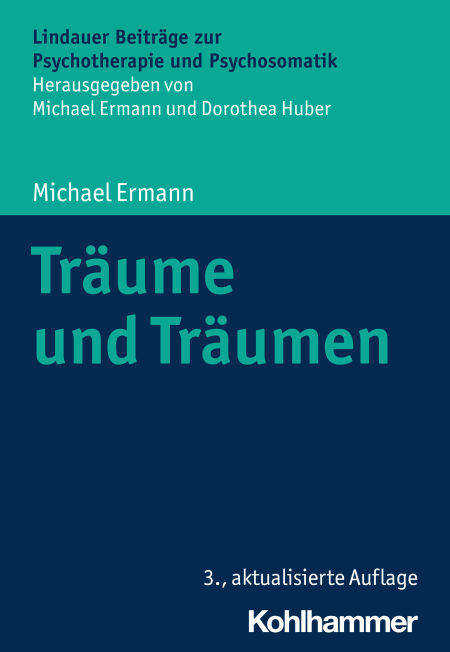
- Afhalen na 1 uur in een winkel met voorraad
- Gratis thuislevering in België vanaf € 30
- Ruim aanbod met 7 miljoen producten
- Afhalen na 1 uur in een winkel met voorraad
- Gratis thuislevering in België vanaf € 30
- Ruim aanbod met 7 miljoen producten
Zoeken
Omschrijving
Modern dream studies began when Sigmund Freud=s book ?The Interpretation of Dreams= was first published more than 100 years ago. For the first time in cultural history, dreams were regarded as individual creations arising from the life of the mind and became a way of exploring the unconscious. From then on, dream interpretation was a core element of psychoanalytically based psychotherapy. Originally based on purely psychological findings, it developed further to become a comprehensive dream science in which psychological and neuroscientific approaches meet. The author traces these developments. He takes different depth-psychological approaches into account and discusses findings from neuroscientific dream research. Finally, he explains the special features of the treatment using low-structured dreams, which occur in individuals with severe personality disorders and in a state of deep regression.
Specificaties
Betrokkenen
- Auteur(s):
- Uitgeverij:
Inhoud
- Aantal bladzijden:
- 114
- Taal:
- Duits
Eigenschappen
- Productcode (EAN):
- 9783170355552
- Verschijningsdatum:
- 1/12/2020
- Uitvoering:
- E-book
- Beveiligd met:
- Digital watermarking
- Formaat:
- ePub

Alleen bij Standaard Boekhandel
+ 22 punten op je klantenkaart van Standaard Boekhandel
Beoordelingen
We publiceren alleen reviews die voldoen aan de voorwaarden voor reviews. Bekijk onze voorwaarden voor reviews.











